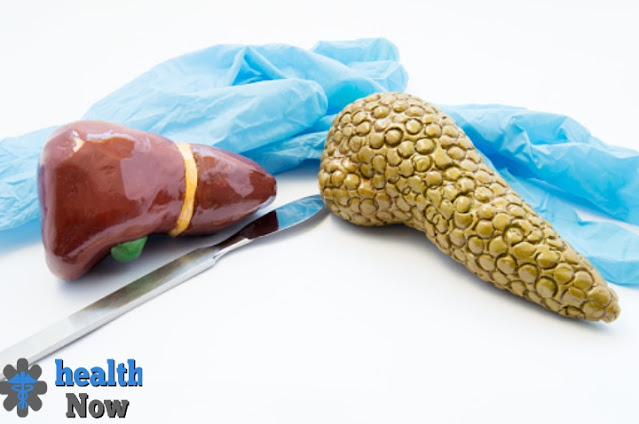is the condition of cholestasis?
In the following, we will introduce you to cholestasis, and the most important information related to it:
It is a health problem that arises when something in the body obstructs the flow of bile, and bile is a special fluid that is produced in the liver, and it has many functions, most notably:
- Facilitate the digestion of fats.
- End of bilirubin, a yellowish substance created by the breakdown of red platelets.
When bile flow is disrupted, as in cholestasis, bilirubin levels rise in the bloodstream, which can cause many complications, such as:
- Yellowing of the skin and itching of the skin may be severe.
Cholestasis is an uncommon but modern health problem that can affect a person at any age, including the early childhood years. The causes and factors of this health problem are many and varied, such as pregnancy, genes, and having some health problems.
It is preferable to consult a doctor about cholestasis, especially if the affected patient is pregnant, as cholestasis may cause serious complications for the fetus.
Causes of biliary stagnation.
These are the main factors that may increase the chances of developing cholestasis:
Extrahepatic cholestasis factors and causes.
Cholestasis is called extrahepatic cholestasis when it is caused by health problems that started outside the liver, such as these:
Health problems in the bile duct, such as:
Bile duct tumors, bile duct stenosis, common bile duct stones, and pressure on the bile duct from a nearby tumor or mass.
Health problems in the pancreas, such as pancreatitis, pseudocyst, and tumor in the pancreas.
Other health problems, such as cysts.
This type of cholestasis is also called obstructive cholestasis and obstructive jaundice because its causative agents can completely block the flow of bile.
Internal factors and causes in the liver (Intrahepatic cholestasis).
Cholestasis is called intrahepatic cholestasis when its causes are problems or malfunctions that started from inside the liver, and these are the most prominent possible causes:
Having one of the following diseases:
- Viral hepatitis.
- furthermore.
- alcoholic liver disease.
- sepsis.
- Lymphoma and cystic fibrosis.
- Utilization of certain kinds of prescriptions that might hurt the liver, for example, anti-microbials, antifungals, hostile to inflammatories, antidepressants, and oral contraceptives.
- Different elements, for example, parenteral nourishment, and pregnancy.
This kind of cholestasis is called by different names, for example, hepatocellular cholestasis, as the causative factors frequently lead to an unevenness in the development of bile at the degree of liver cells.
Symptoms of cholestasis.
These are the main symptoms that may appear in a person with cholestasis:
- Dim-hued pee.
- White or pale-hued stools, and curiously noxious stools.
- Irritated skin.
- Queasiness and spewing.
- Yellowing of the skin or the whites of the eyes.
- Trouble processing specific kinds of food.
- Stomach torment, torment in the upper right 50% of the mid-region.
- Trouble putting on weight, particularly when the casualty is a newborn child.
- Different side effects, for example, loss of craving, fever, and weakness.
Diagnosis of cholestasis.
These are the procedures that may be used to diagnose the condition:
A physical exam, in which symptoms such as torn blood vessels below the surface of the skin, abdominal pain, and gallbladder swelling are checked.
Imaging of internal organs, through X-ray imaging, magnetic resonance imaging, and computerized tomography.
Other tests as blood tests to check the levels of bilirubin in the blood, liver biopsy, and retrograde cholangiopancreatography.
Treatment of cholestasis.
 |
| Treatment of Cholestasis |
Treatment depends on the cause of the condition, but these are some of the treatment options that are generally available:
- Medications, such as the anti-itch medication cholestyramine, may help relieve symptoms.
- Surgery or endoscopy, especially in cases of bile duct obstruction.
- Stop using certain substances that may harm the liver, such as alcohol.
If the patient does not receive treatment, this may cause many complications, such as diarrhea, organ failure, malabsorption of some nutrients, and weak bones.
Cholestasis and pregnancy.
During pregnancy, high levels of estrogen in the body may disturb the flow of bile, which may trigger a pregnant woman with obstructive cholestasis, and the chances of a pregnant woman developing this problem increase in the following cases:
- Undergo in vitro fertilization.
- lady has liver issues, like hepatitis C.
- Other factors, such as multiple pregnancies and genetics.


